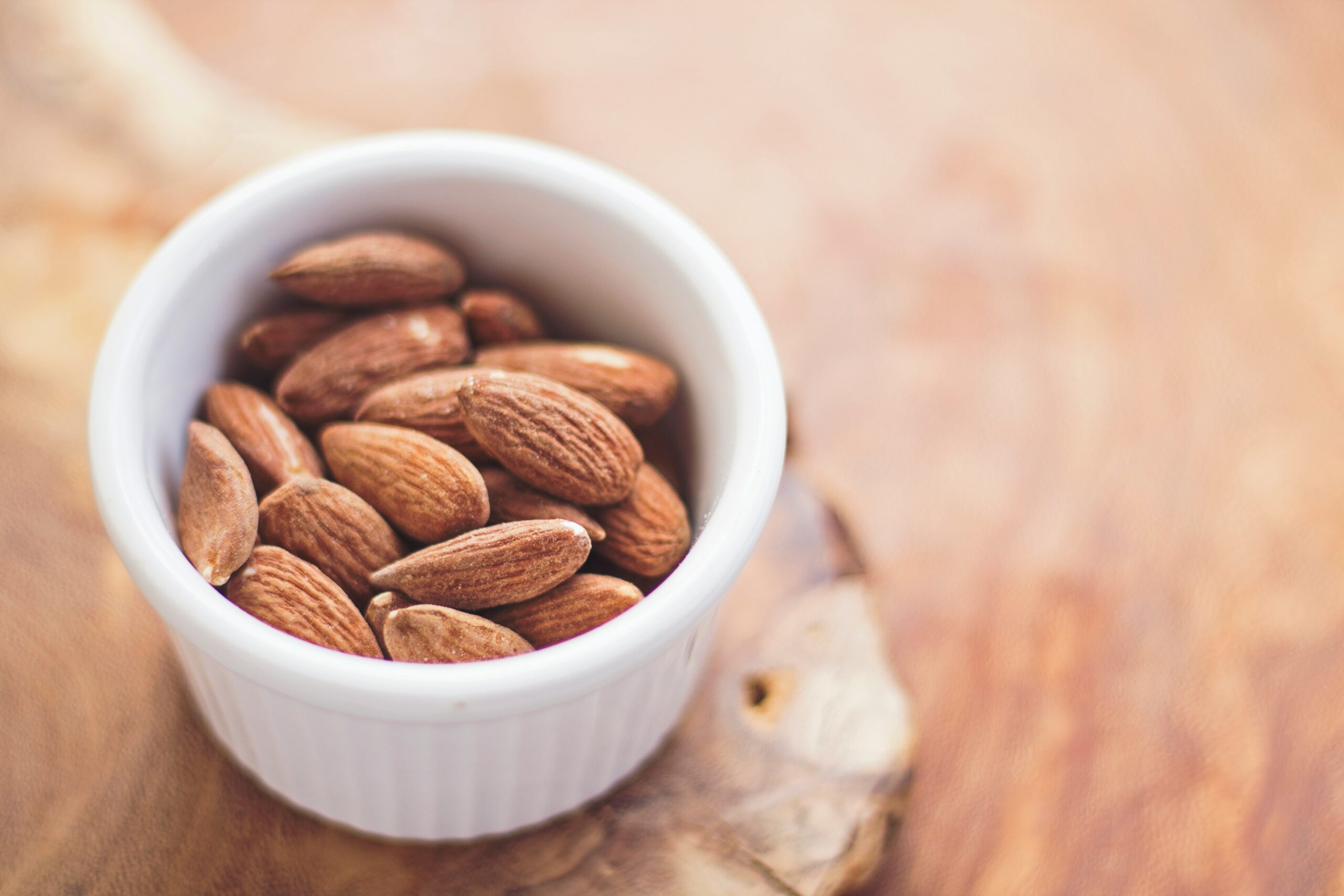When you walk through the grocery store, every package shouts things like “low-fat,” “high-protein,” or “heart-healthy.” But how do you really know what you’re getting? That’s where nutrition labels come in—they’re your cheat sheet to smarter eating. Learning how to read them can help you avoid empty promises and make better choices for your health.
Here’s a straightforward guide to decoding food labels with confidence—so you can stop guessing and start choosing what’s best for your body.
1. Serving Size: Where It All Begins
Every number on a nutrition label starts with the serving size. This is the reference point for everything else—calories, fat, sugar, sodium, and more. But here’s the catch: what the label calls a “serving” might be a lot less than what you usually eat.
For example: If a bag of trail mix says 1 serving is 1/4 cup, but you usually eat 1 cup, you’re getting four times the listed calories and nutrients.
What to do: Always check how much is considered a serving—and adjust your expectations (and calculations) accordingly.
2. Calories: The Energy Gauge
Calories tell you how much energy you’ll get from one serving. But this number only makes sense when you compare it to how much you actually eat and your own energy needs. Eating more calories than your body burns regularly can lead to weight gain over time.
Pro tip: Don’t just look at the number. Look at where the calories are coming from—fat, sugar, or protein?
3. Fats: Good, Bad, and In-Between
The label shows total fat, but also breaks it down into different types:
– Saturated fat: Too much of this can raise cholesterol.
– Trans fat: This one’s a red flag—avoid it whenever possible.
– Unsaturated fats: Often not listed separately, but these are the good fats found in foods like avocados, nuts, and fish.
What to know: Not all fat is bad. Your body needs fat to function—just aim for the right kinds.
4. Sodium: Sneaky Salt
You might be surprised at how much sodium is hidden in everyday foods—especially canned items, sauces, frozen meals, and snacks. Too much salt can affect your blood pressure and heart health.
Quick guide:
– 140 mg or less per serving = low sodium
– 400 mg or more = high sodium
Smart move: Aim for less processed, more whole foods when possible to keep your salt intake in check.
5. Carbs: Check the Details
– Total carbohydrates include fiber, sugar, and starches. But not all carbs are equal.
– Fiber: Great for digestion and feeling full. More is better.
– Sugars: Look especially for “added sugars”—extra sweeteners that have been added during processing.
Label hack: If sugar makes up a big portion of the carbs and fiber is low, it’s probably not the healthiest choice.
6. Protein: The Body’s Building Block
Protein helps repair muscles, keep you full, and support nearly every process in the body. Most labels show protein in grams per serving.How much you need depends on your size, lifestyle, and activity level—but aiming for some protein in every meal is a good start.
Heads up: Some snacks claim to be “high-protein,” but also come loaded with sugar. Always scan the full label.
7. Nutrients: The Extras That Matter
Look near the bottom of the label and you’ll see a list of vitamins and minerals. Some of the key ones to look out for include:
– Calcium (for bones)
– Iron (for energy and blood health)
– Potassium (for blood pressure)
– Vitamin D (for immune and bone support)
These are shown as a percentage of your daily recommended amount. Aim for items that give you a boost in these areas, especially if you know you’re not getting enough in your everyday meals.
8. Daily Value %: How Much Is Too Much?
Each nutrient on the label comes with a % Daily Value—this shows how much one serving contributes to your daily recommended intake.
Quick rule of thumb:
– 5% or less = low
– 20% or more = high
So, if a food has 25% sodium per serving, you’re already a quarter of the way through your day’s limit—maybe more than you bargained for.



